Why do you need to stand sideways when playing badminton? It’s a common issue—90% of players struggle with hitting the shuttlecock with enough power...
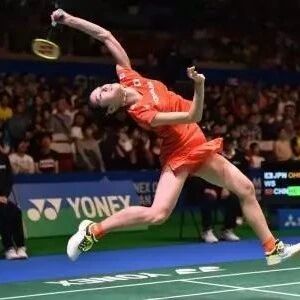

But! Many golfers still struggle with the old habit of failing to properly shift their weight during the swing!
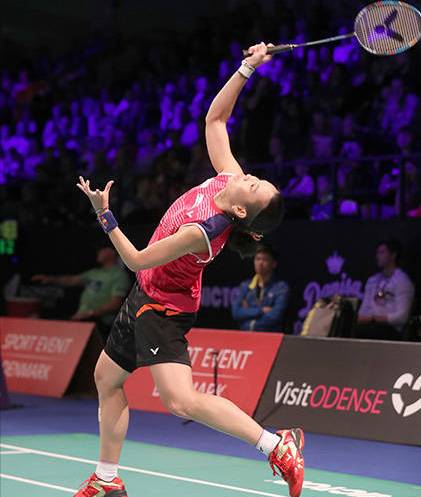
If you don’t position yourself properly, you’ll almost certainly encounter these three situations:
I. Common Phenomena of Not Hitting the Ball with a Side Swing
①. The ball you hit with all your might feels like your opponent is solving a simple elementary school math problem when they return it to you.
②. When returning a high, deep shot, the ball ends up neither high nor far—it lands right in front of you, and your opponent effortlessly intercepts it;
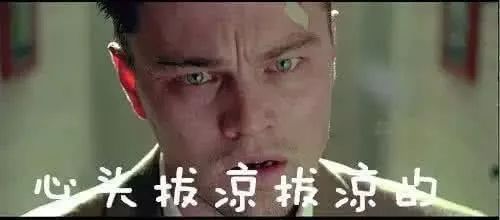
③. During the chop-and-lift motion, the opponent immediately saw through it, and the consistency of the high-lift kill was poor.
After a period of investigation and analysis, the reason players often fail to shift their body weight during the swing is usually due to the following key issues:
<1>. Relying solely on arm strength;
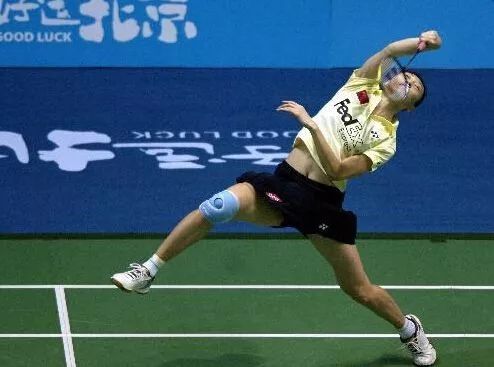
<2>. Relying solely on the upper body (primarily shoulders and arms) to generate power;
<3>. Shifting your upper body sideways while keeping your lower body still, with your feet remaining in a parallel stance, can easily lead to a waist injury. Of course, there are always exceptional cases of incredible athleticism, like Lee Chong Wei:
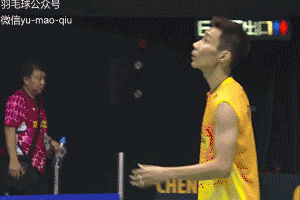
Lee Chong Wei shifted only his upper body, yet still managed to hit the shot perfectly.
The three hitting techniques mentioned above result in very little hitting power—even if you think otherwise—poor movement concealment, and an inability to fully unleash the explosive force of a high, sharp smash. Moreover, they’re surprisingly exhausting, leaving you unable to sustain many high, long shots before your arms start feeling sore and fatigued.
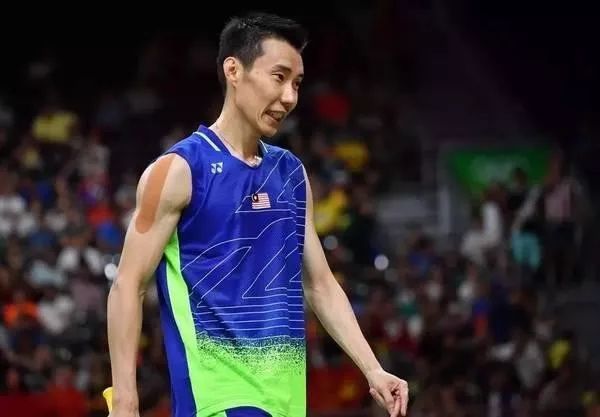
When playing or practicing regularly, you might be tempted to take the easy route and quietly skip the side-step motion. After all, during casual play, it doesn’t feel necessary to follow such strict form—after all, as long as your side step lands properly when you’re actually competing in a real match, isn’t that enough?
Stop dreaming! If you don’t make it a habit in everyday practice, you definitely won’t remember it when it counts in real-game situations. A friend of mine was constantly told by teammates to stop not turning their body sideways whenever they stepped onto the court—but after persistently hearing that feedback for two whole years, my friend finally managed to break the bad habit.
Second: Why do you need to stand sideways when playing ball?
1) When hitting the ball with a side-on stance, you can leverage your body to generate power. Relying solely on swinging your large arm to strike the ball makes it difficult to achieve speed—and also increases the risk of arm injuries.
2) By hitting the ball with a sideways motion, you can execute a fuller swing and effectively "release" the power stored in your body.
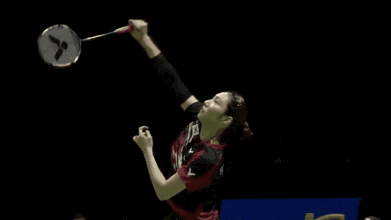
3) Relying on your upper body to generate power while keeping your feet parallel can easily lead to a twisted lower back.
4) If you don’t shift your body, your hitting intention becomes directly visible to your opponent, giving them ample time to anticipate and prepare for the shot.
5) Moving backward while side-stepping is faster than moving without side-stepping;
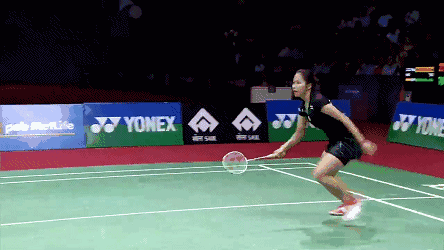
6) After hitting the ball with a sideways motion, you can smoothly bring your body back into position quickly. In contrast, if you don’t side-step, you’ll need to make a deliberate, effortful movement to return to the right stance—adding both time and unnecessary strain.
When you fail to recognize the benefits of side-body positioning, it means your understanding of this movement is still incomplete. Think about how even professional athletes—despite their exceptional power—still rely on a side-body stance to execute their shots. As amateur players without formal training, we especially need to harness the power of our entire body to deliver effective, well-placed hits.
Three: How to Run with Side Steps
(1) Step back sideways
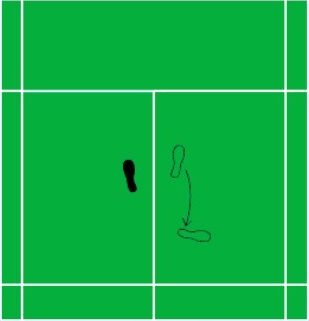
After initiating the movement, pivot on the ball of your left foot while simultaneously pushing off with your right foot to step backward and slightly to the right-rear. This motion also causes your hips to rotate diagonally to the right and rear, shifting your weight onto your right foot (with your right toe pointing outward to the right, and your left toe following naturally, turning slightly to the right as well). You’ll now be positioned sideways facing the net. At this point, you can either execute a stationary shot or jump up to hit the ball.
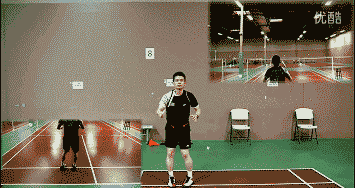
(2) Side step and retreat backward
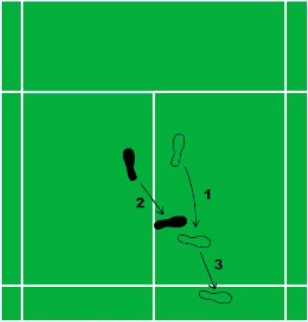
After initiating the movement, pivot on the ball of your left foot while simultaneously pushing off with your right foot to step backward and slightly to the right. As you do this, allow your hips to rotate diagonally to the right and rear. Immediately follow by bringing your left foot alongside your right foot, then shift your weight onto your right foot as you step back further to the right. This positions you in a side-facing stance ready for play. At this point, you can either execute a stationary shot or jump into the air to hit the ball.
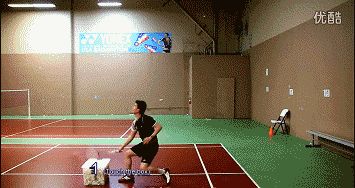
Since the body tilted to the right after takeoff, the right foot landed first. As the left foot touched down, the right leg slightly bent to absorb the impact and support the body's center of gravity. Meanwhile, the left foot helped adjust the balance, allowing the body to regain its natural posture—and immediately return to motion.
(3) Sideways crossover step backward
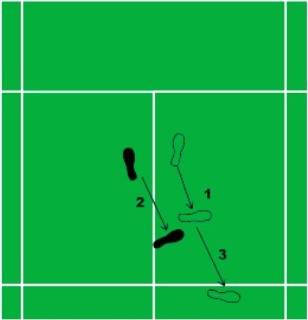
After initiating the movement, pivot on the ball of your left foot while simultaneously pushing off with your right foot to step backward toward the right-rear side—keeping your stride relatively small. Immediately after, cross your left leg behind your right leg as you step backward again. Then, quickly shift your weight onto your right foot and take another step to the right-rear, positioning yourself sideways facing the net. At this point, you’re ready to either hit the ball in place or jump up to execute a powerful overhead shot.
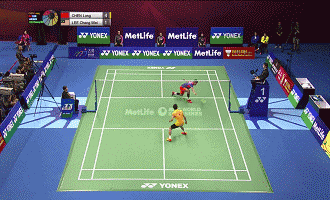
(Backward cross-step with forehand)
(4) Step backward with head tilted and body turned to the side
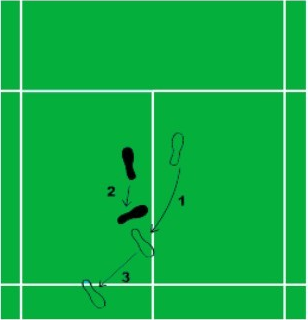
After initiating the movement, pivot on the ball of your left foot while rapidly rotating your hip joint and upper body diagonally to the right and backward. Simultaneously, push off and step back with your right foot toward the right rear (ensure a significant turning angle). Immediately follow by bringing your left foot in with a closing step, close to your right foot. Then, quickly retreat one more step with your right foot into the left rear court—shifting your weight onto your right foot—and finish with a small step forward from your left foot, settling into a posture where your upper body leans back and faces sideways toward the net.
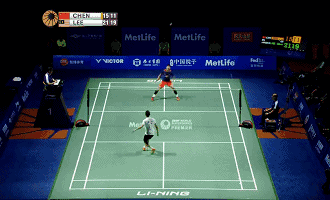
(Rearward stepping with feet together above the head)
At this moment, you can perform either an on-the-spot or a jumping overhead shot. If you jump diagonally upward and to the left, as you swing your racket to hit the ball, you must simultaneously execute a quick two-step exchange in mid-air: first swinging your left foot backward while stepping forward with your right foot. Your left foot lands behind you, followed by a forward lean of your upper body, then immediately cushioning the impact by placing your right foot in front of you. Finally, return smoothly to the center position.
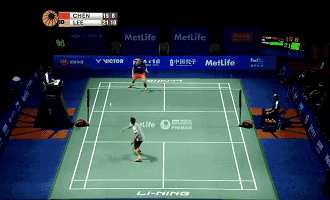
(Top-of-the-head side-body shots allow for quick recovery)
(5) Backward Cross-Step with Head Turned to the Side
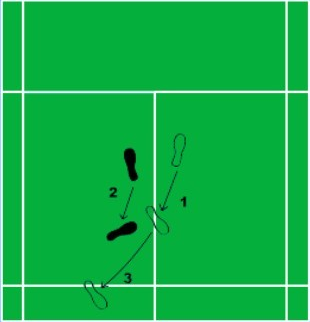
After initiating the movement, pivot on the ball of your left foot while simultaneously rotating your hip joint and upper body quickly toward the right rear. As you do so, push off and step backward with your right foot to the right rear (ensure a significant turning angle). Immediately after, cross your left foot behind you and step back, followed by another step with your right foot moving diagonally to the left rear (shifting your weight onto your right foot). Finally, bring your left foot forward in a small step, settling into a posture where your upper body leans back and faces sideways toward the net.
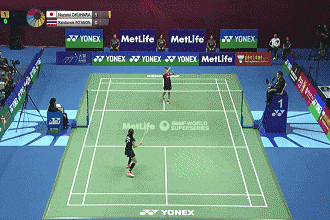
At this moment, you can perform either an on-the-spot or a jumping overhead shot. If you jump diagonally upward and to the left, as you swing your racket to hit the ball, you must simultaneously execute a quick two-step exchange in mid-air: first swinging your left foot backward while stepping forward with your right foot. Your left foot lands behind you, followed by a forward lean of your upper body, then immediately cushioning the impact by placing your right foot in front of you. Finally, return smoothly to the center position.
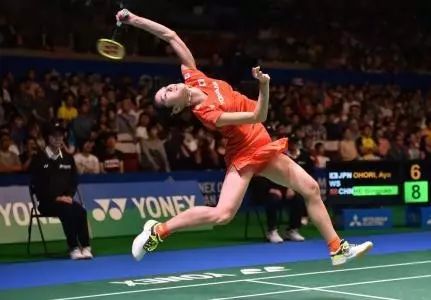
There are also situations where you don’t need to side-step—provided you understand how to generate power. However, for amateur players, it’s still important to get used to hitting with a side-step, as it significantly boosts the threat of your shots from the backcourt.


Related Articles
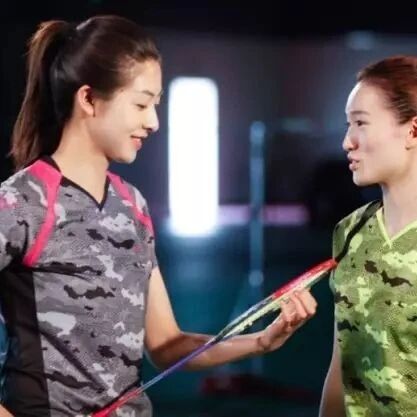
Common FAQs for Amateur Doubles—see how many apply to you
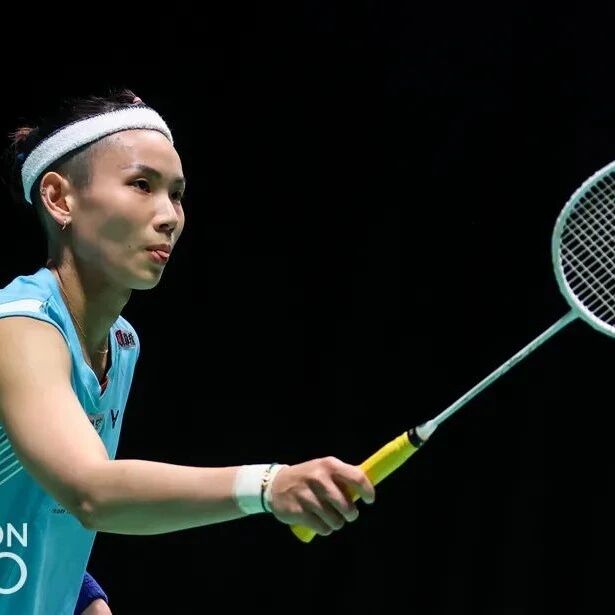
Mistaking the very first step in playing badminton? Check now to see if you're falling into racket-gripping pitfalls.
